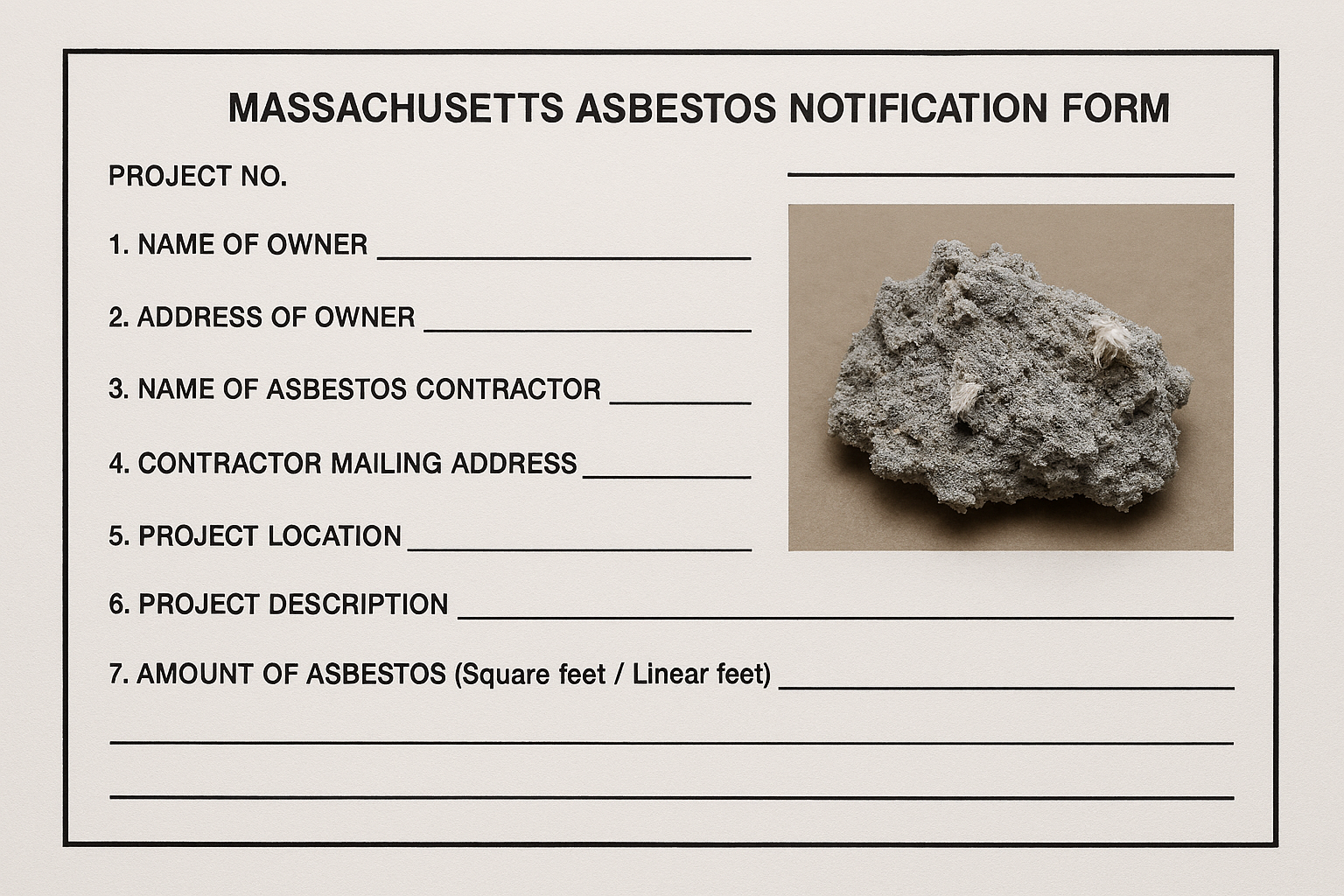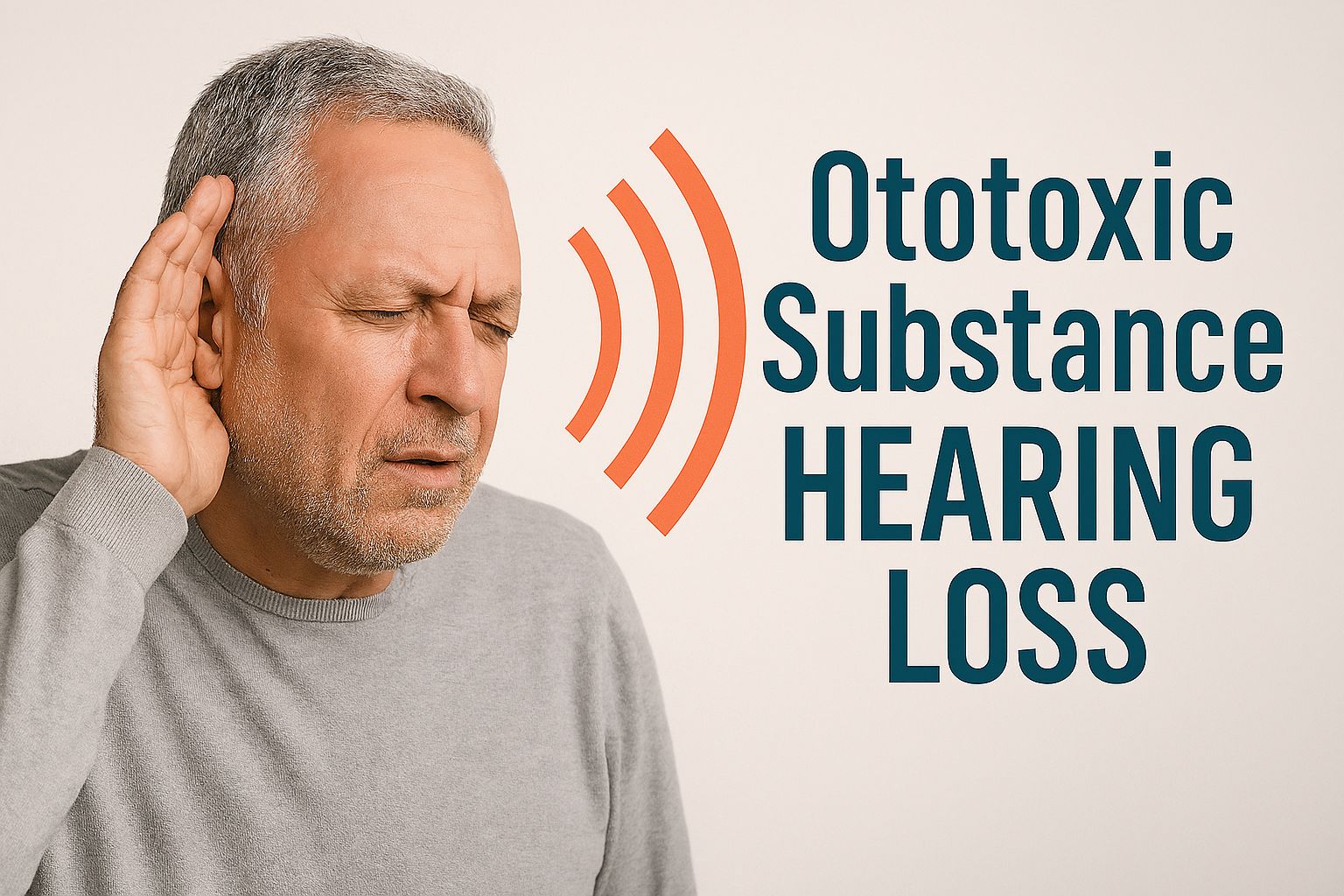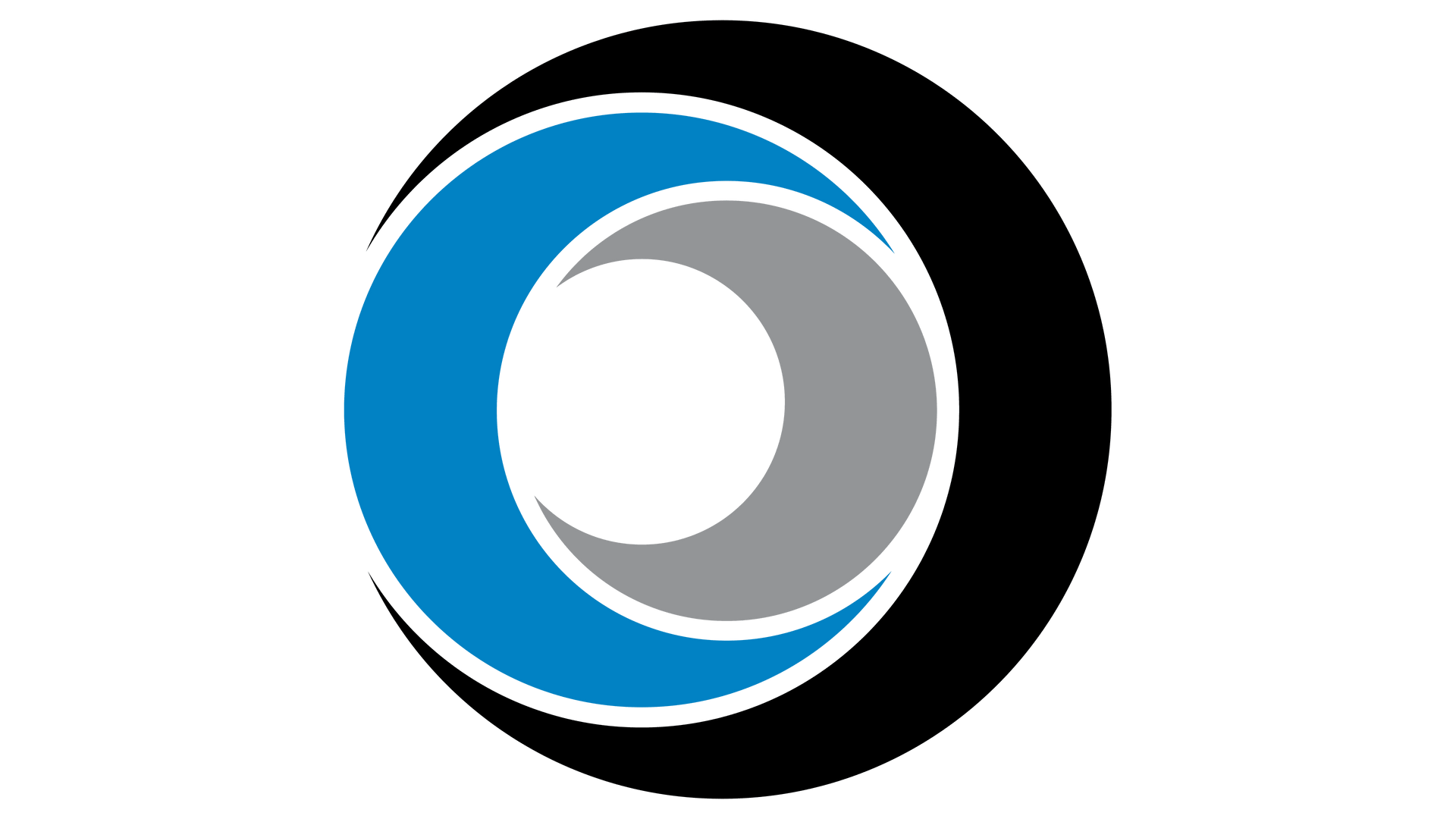For example, Smart Air identified many fabrics with filtration efficiencies of 79% or higher. On the other hand, the cotton bandanas and ramie scarves that they tested had efficiencies of 36% and 24%, respectively. Let’s use these scientific findings to get the best facemask possible.
Look for a facemask with the following features:
- Good filtering properties. 2 layers of cotton (the higher the thread count, the better) are ideal. Check the material in your facemask by holding it up to the light. Can you see pinpoints of light or a lot of light coming through (bad)? Alternatively, is the light intensity significantly reduced (good)?
- A bendable insert that allows you to fit it around the bridge of your nose. This feature helps seal the upper part of the facemask against your skin.
- A pocket or opening that allows you to insert a filter. Smart Air found that paper towels and certain coffee filter brands had excellent filtration properties.
Now is a good time to highlight that all facemasks make breathing more difficult. A mask with excellent filtration may make it hard to breathe, especially if you wear it for extended periods. You may need to experiment with different fabrics and filters before you find a combination that protects well and is reasonably comfortable.
The best facemask will not do any good with poor use. Be sure to:
- Completely cover your nose, mouth, and chin. This should be obvious but we have observed many people wearing facemasks with their entire nose exposed.
- Get a snug fit. Virus particles will migrate inside the facemask through openings where the mask is supposed to contact the skin. The bigger the opening, the better the entry point inside your mask. Individuals with petite faces may need to shorten the elastic straps that come with many masks to get a snug fit.
- Handle the facemask by the straps only. Don’t let the outside of the mask contact your eyes, nose, or mouth. Wash or sanitize your hands before and after using it. Wash it with your regular laundry using the highest wash and dry temperatures. These actions will prevent you from inadvertently transmitting virus particles from the outside of the facemask to your eyes, nose, and mouth.
Maximum facemask performance relies heavily on proper use. Experimentally derived filtration efficiencies are the result of carefully controlled experiments. They use subjects who wear the mask exactly as its intended or use equipment that simulates an individual wearing a mask. It is difficult to replicate these perfect or near-perfect conditions in real life.
With that said, it’s possible to make or find a facemask that will do a good job of protecting you from contact with virus particles – and other harmful particles as well.
Smart Air Study: https://smartairfilters.com/en/blog/best-diy-coronavirus-homemade-mask-material-covid/
Wake Forest Institute for Regenerative Medicine Study: https://newsroom.wakehealth.edu/News-Releases/2020/04/Testing-Shows-Type-of-Cloth-Used-in-Homemade-Masks-Makes-a-Difference
Cashins & Associates, Inc. provides Covid-19 services including training, cleaning and disinfection, and business re-opening activities. Click on the icon below to submit your inquiry!





